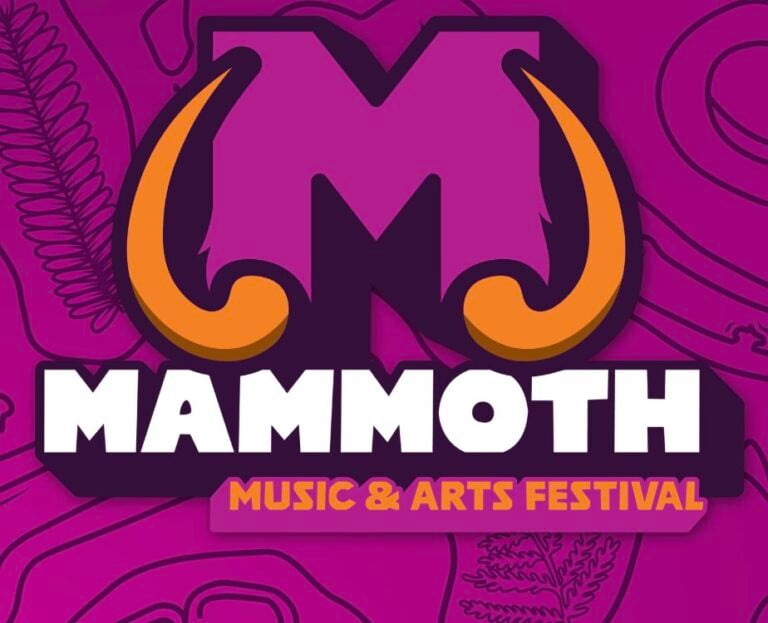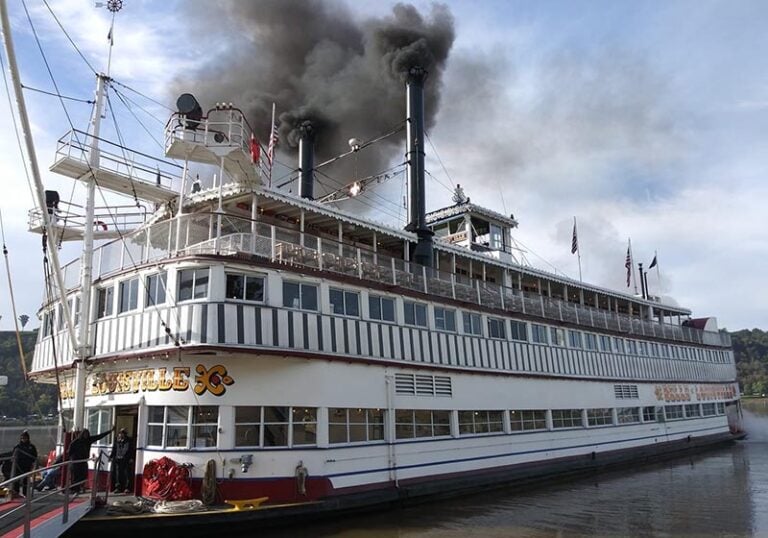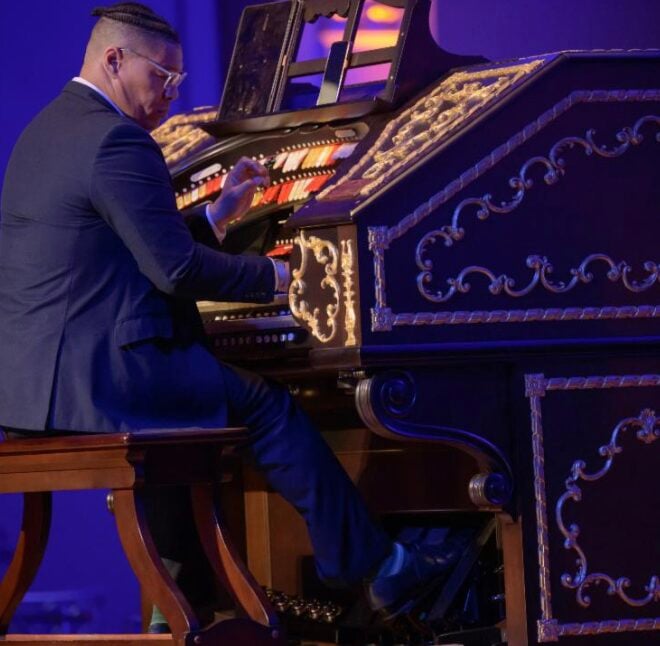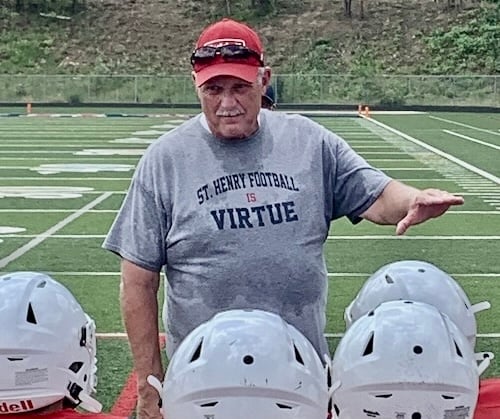By Steve Flairty
NKyTribune Columnist
I taught mostly fourth-graders during my 28-year full-time teaching career, and I always loved the subject of Kentucky history, geography, and the state’s culture. I particularly enjoyed covering the state symbols, which have official designations from the Kentucky General Assembly. The teaching of such made it easier for me as my students usually responded with high interest, too.
Recently, I discovered that there are quite a few state symbols that I unknowingly left out of my lessons. Teaching materials I used centered on some “basic” ones of which many Kentuckians were aware. Here are the symbols, with year of official designation if available, that I typically shared in the classroom:
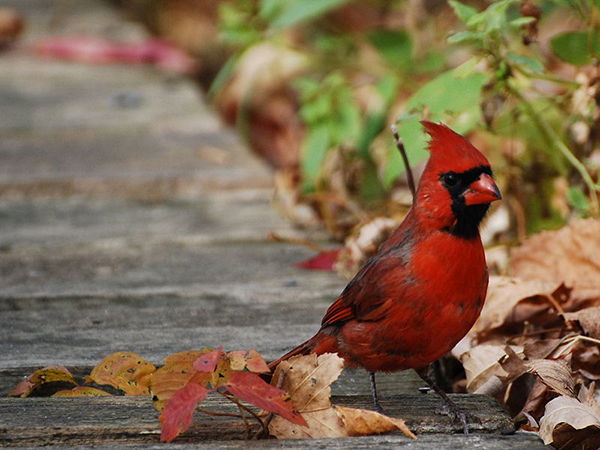
• state flower – goldenrod (1926)
• state tree – tulip poplar (1956; Kentucky coffee tree replaced it in 1976; tulip poplar regained status in 1994)
• state wild game animal – gray squirrel (1968)
• state motto – “United We Stand, Divided We Fall” (1792)
• state song – “My Old Kentucky Home” (1988 modern lyrics version)
• state horse – Thoroughbred (1996)
• state butterfly – viceroy basilarchia archippus (1990)
• state fish – Kentucky spotted bass (1956)
Here is an extended list from the source, eReferenceDesk.com. I believe they are quite illuminating and hopefully will provoke further study interest. Of how many of the following were you aware?
• state amphitheater – Iroquois Amphitheater, Louisville (2001)
• state arboretum – Bernheim Arboretum & Research Forest (1994)
• state bluegrass song – “Blue Moon of Kentucky” (1989)
• state botanical garden – UK Arboretum (2000)
• state Bourbon festival – The Kentucky Bourbon Festival, Inc. (2000)
• state covered bridge – Switzer Covered Bridge (1998)
• state dance – clogging (2006)
• state drink – milk (1985)
• state fossil – brachiopod (1986)
• state fruit – blackberry (2004)
• state gemstone – freshwater pearl (1986)
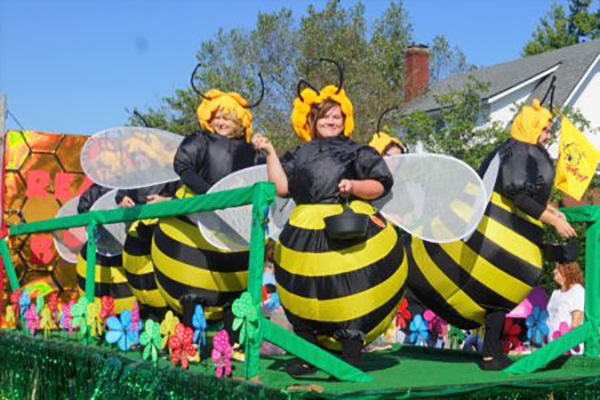
• state honey festival – Clarkson Honeyfest (2006)
• state language – English (1984)
• state Latin motto – “deo gratiam habeamus” (2002)
• state mineral – coal (1998)
• state music – bluegrass music (2007)
• state musical instrument – Appalachian dulcimer (2001)
• state outdoors musical – “Stephen Foster Story” (2002)
• state pipe band – “Louisville Pipe Band” (2000)
• state pledge – “Pledge of Allegiance to State of Kentucky” (2000)
• state quarter – Kentucky State Quarter (2001)
• state rock – Kentucky agate (2000)
• state science center – Louisville Center (2002)

• state silverware pattern – “Old Kentucky Bluegrass” Georgetown pattern (1996)
• state soil – Crider soil series (1990)
• state sport car – Chevrolet Corvette (2010)
• state steam locomotive – “Old 152” (2000)
I found some other unique Kentucky state symbols, too (Check to see if shows are currently open this year during the pandemic.):
• birthplace of newgrass music – Bowling Green (2010)
• center for celebration of African American heritage -T he Kentucky Center for African American Heritage (2002)
• covered bridge capital of Kentucky – Fleming County (1998)
• father of newgrass music – Sam Bush (2010)
• Kentucky Commonwealth Theatre – Devou Park Summer Classics Theatre of Covington (1992)
• Kentucky Shakespeare Festival – Shakespeare in Central Park of Louisville (1984)
• Original softdrink – Ale-8-One (2013)
I’d be curious to know if readers here disagree with some of these designated symbols and would like to suggest alternatives. One might consider state symbols for other items, also. How about a state tractor, for example? Ha, if my dad were still living, he would likely choose the Farmall brand; Uncle Kenny a John Deere, and Uncle Howard would say a Ford. Or what about a state food? Examples might be KFC chicken, Kentucky burgoo, or possibly the Hot Brown. What tickles your “inner Kentucky” for possible symbols of other things?
The Bluegrass state (our state nickname) and its cultural heritage spurs lots of discussion. Hope to hear from you about what you think best represents Kentucky.
Sources: Clarksonhoneyfest.com; eReferenceDesk.com; The Kentucky Encyclopedia; statesymbolsusa.org; locomotive.fandom.com








